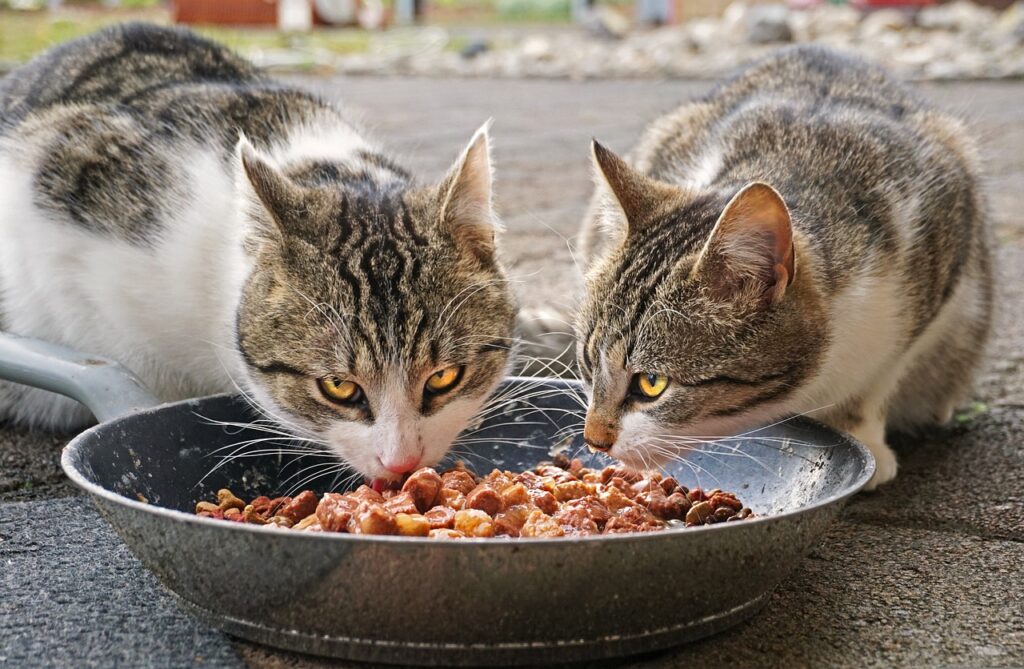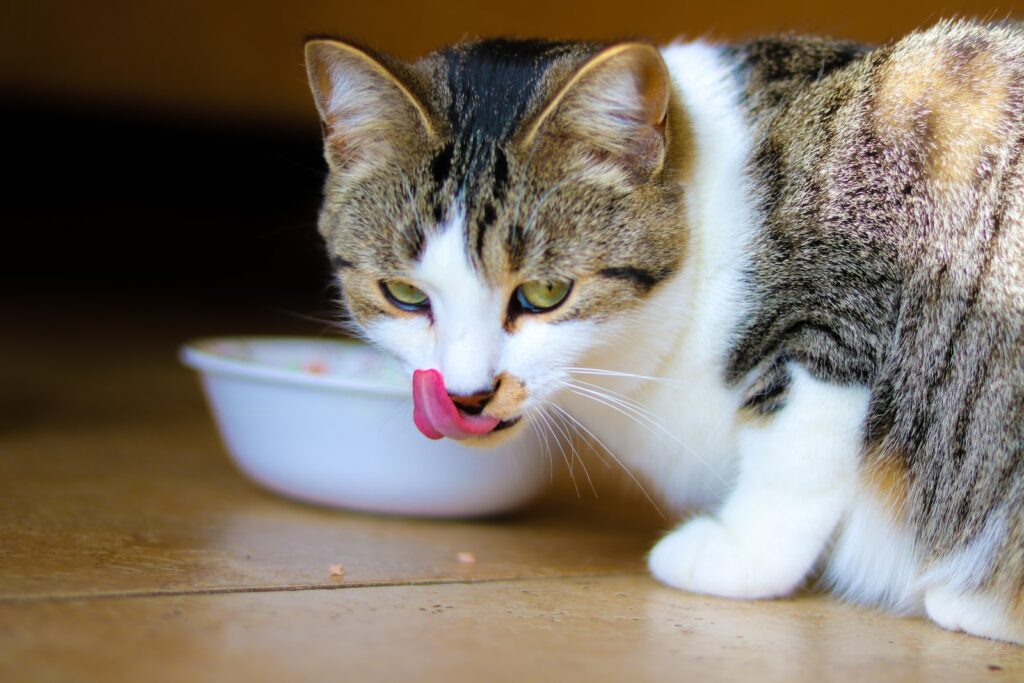When it comes to feeding your cat, it’s important to choose the right types of food to ensure optimal health.
With so many options available on the market, it can be overwhelming to know where to start. In this article, we will explore the best types of food to feed your cat for optimal health.
Dry Food

Dry food, also known as kibble, is a convenient and cost-effective option for many cat owners. It is easy to store and can be left out for your cat to eat throughout the day. Dry food also helps to keep your cat’s teeth clean and healthy by promoting chewing.
Look for a high-quality, grain-free option that is made with real meat as the first ingredient. Many dry foods come with additional vitamins and minerals that are essential for a cat’s health.
Wet Food
Wet food, also known as canned food, is a great option for cats that need to gain or maintain weight, or for cats that are picky eaters. Wet food is also a good choice for cats that are prone to urinary tract issues, as it is higher in moisture content.
Look for a high-quality, grain-free option that is made with real meat as the first ingredient. Wet food generally has more protein and fat than dry food, which makes it ideal for cats that are more active or need to gain weight.
Raw Food
Raw food, also known as a raw diet, is becoming increasingly popular among cat owners. This type of food is made from raw meats, fruits, and vegetables and is believed to be closer to a cat’s natural diet.
A raw food diet can be a great option for cats with food allergies or sensitivities, as it is free from many common allergens. However, it’s important to note that a raw food diet requires careful planning to ensure that your cat is getting all the nutrients they need.
A raw food diet can be beneficial for cats with certain health conditions, such as allergies or inflammatory bowel disease, but it should only be done under the guidance of a veterinarian with experience in feline nutrition.
Homemade Food

Homemade food is another option for cat owners who want to take a more hands-on approach to their cat’s diet. This type of food is made with fresh, whole ingredients and can be tailored to your cat’s specific nutritional needs.
However, it’s important to note that creating a balanced homemade diet requires knowledge of cat nutrition and should be done under the guidance of a veterinarian or feline nutritionist. Homemade food can be an excellent choice if you have a cat with specific dietary needs, such as food allergies or health conditions that require a special diet.
Other Types of Food
Apart from these, there are other types of cat food available that you can consider. Freeze-dried food, dehydrated food, and semi-moist food are some of them. Freeze-dried food is an excellent option for cat owners who want to feed their cats a raw diet but don’t have the time or resources to prepare the food themselves.
Dehydrated food is a good option if you want to feed your cat a homemade diet but don’t have the time or resources to prepare the food yourself. Semi-moist food is a good option for cat owners who want to feed their cats a wet diet but don’t want to deal with the mess and inconvenience of canned food.
Conclusion:
When it comes to feeding your cat, there are many options available, each with its own set of pros and cons. The best type of food for your cat will depend on their individual needs and preferences.
Dry food, wet food, raw food, and homemade food are all viable options, but it’s important to choose a high-quality, grain-free option that is made with real meat as the first ingredient. As always, consult with your vet or a feline nutritionist to determine the best diet for your cat.
